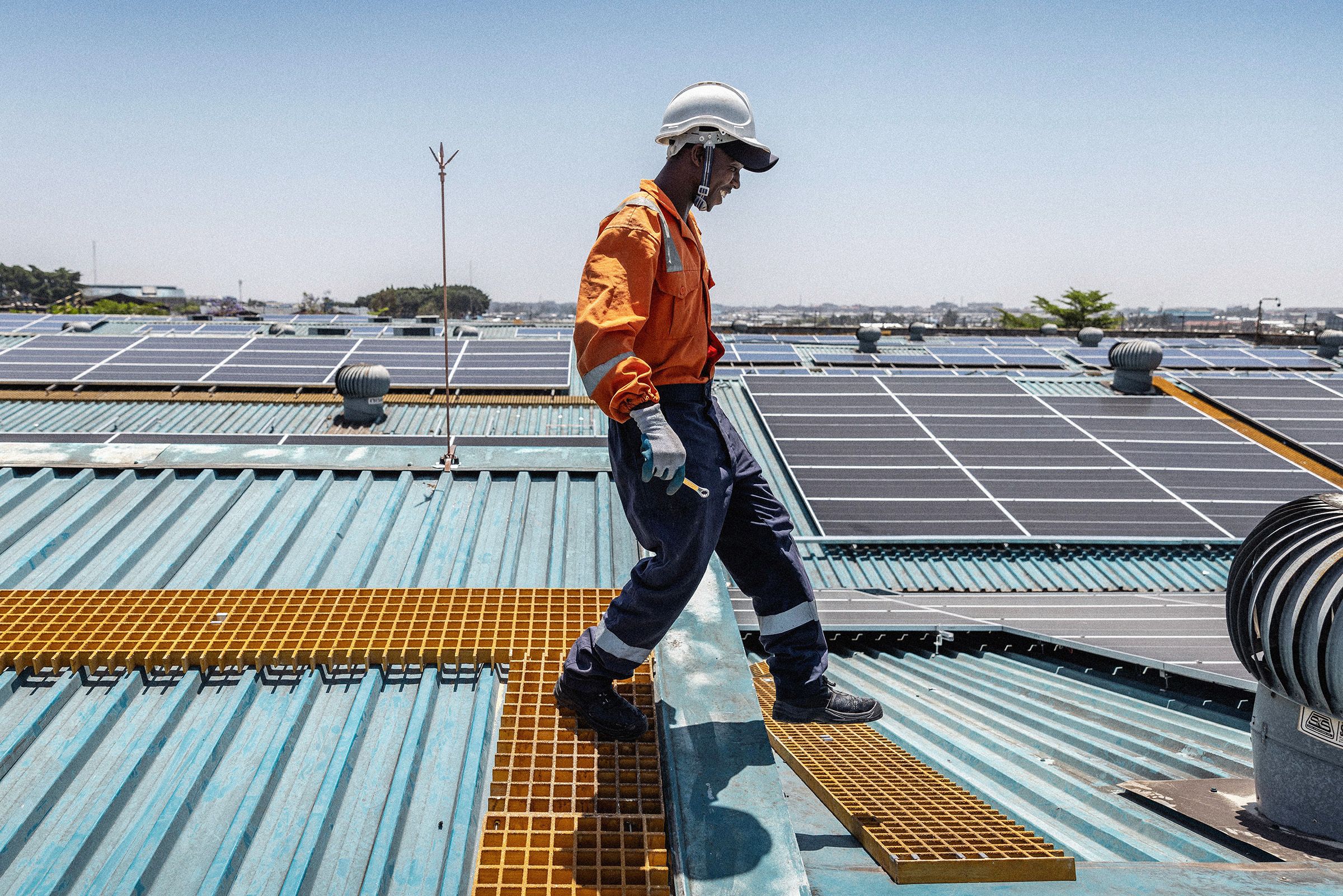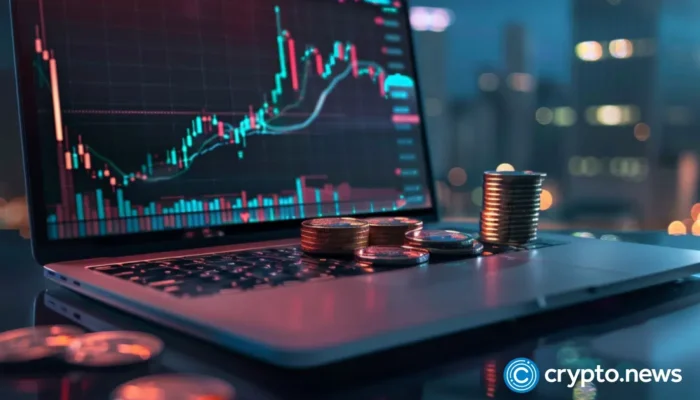Africa needs energy. Nearly 600 million Africans—half the continent’s population—are without electricity, largely because of the continent’s limited distribution network, and Africans make up the vast majority of those worldwide without electricity access. But the European Union wants to change this.
At the end of September, the president of the European Commission, Ursula von der Leyen, announced a €545 million ($636 million) investment package to support renewable energy and electrification in Africa. New EU-funded projects will include a high-voltage transmission line in Côte d’Ivoire, the electrification of hundreds of rural communities in Cameroon, the exploitation of wind and hydro energy in Lesotho, and the installation of mini-grids in remote areas of Madagascar. The aim is both to increase access to electricity and move Africa off fossil fuels.
“A clean energy transition on the continent will create jobs, stability, growth, and the delivery of our global climate goals,” said Von der Leyen when making the announcement. “The European Union, with the Global Gateway investment plan, is fully committed to supporting Africa on its clean energy path.” The investment program could create 38 million green jobs in Africa by 2030, the EU estimates.
Global Gateway is a European initiative to build infrastructure around the world, with Africa its top priority. It has humanitarian and environmental intentions, but behind these sits a strong geopolitical objective: to provide an alternative to China’s Belt and Road Initiative.
Launched in 2013, this Chinese funding program has invested over $1.3 trillion in building and operating roads, ports, energy, and telecommunications networks in more than a hundred countries around the world, from Asia to Africa to Latin America. Constructing, connecting, and controlling crucial facilities worldwide is a way of projecting power, and the Belt and Road Initiative has provided China with political influence around the world. At the same time, it has tied countries to the Chinese economy and provided a market for Chinese industrial services.
The Global Gateway, launched in 2021, is the EU’s own attempt to use funding to build influence in regions relevant to its interests—which includes Africa. The continent has significant deposits of critical minerals vital for tech and the green transition, such as cobalt in the Democratic Republic of the Congo, lithium in Zimbabwe, copper in Zambia, and manganese in Gabon. China, with its mining companies, is already very active in these countries.
“From the outset, the Global Gateway has been described as the European Union’s attempt to rival the Belt and Road Initiative’s overseas infrastructure investment funds. At €300 billion through 2027, however, it is a David-versus-Goliath-style undertaking,” says Gabriele Rosana, an associate fellow at the Institute of International Affairs in Rome. China has already been investing heavily in clean energy in Africa, and with far fewer constraints. “The Union is operating in a system of precise rules, stakes, and constraints unknown to Chinese centralism,” Rosana says.
According to a study from Griffith University in Australia, energy-related investments under the Belt and Road Initiative in the first half of 2025 were the highest they’ve been since 2013, when the initiative was launched—and it was Africa, with $39 billion, that had the highest-value contracts in this sector. A recent report from the energy think tank Ember revealed that China exported 15GW of solar panels to Africa in the year leading up to June 2025, a 60 percent year-on-year increase of such imports. It is not certain that all of these devices will be installed—some could be a trade triangulation to circumvent tariffs—but in any case, Beijing is positioning itself to take advantage of the continent’s green transition.
Europe, though, is committed to grasping this opportunity as well. “Over the past two years, competitiveness has gradually, but with increasing conviction, become the key word on the European policy agenda, along with defense,” says Rosana. “International cooperation has also been reinvented with a view to strategic autonomy, and put at the service of the Union’s global projection, at a time when, with the massive reorganization of trade balances due to the America-China challenge, Europe must rapidly diversify its supply chains and trade.”
The EU hasn’t been alone in feeling the need to respond to China’s Belt and Road Initiative. Before President Donald Trump’s second term, the US had also felt compelled to act. In 2021, President Joe Biden’s administration announced an international infrastructure program, the Build Back Better World, which the following year was expanded to the G7 and renamed the Partnership for Global Infrastructure and Investment (PGI). Among the PGI’s main areas of focus were energy and Africa: indeed, two solar power plants in Angola, a wind energy and storage system in Kenya, and a nickel processing plant for batteries in Tanzania appeared on the list of early US projects.
But perhaps the most important infrastructure project the West is pursuing in Africa is the Lobito Corridor, a railway line that will connect Zambia’s copper deposits and the DRC’s cobalt mines to the Atlantic port of Lobito in Angola. Copper is the metal of electrification; lithium, a key ingredient in batteries—both are essential raw materials for the green transition, and China currently dominates the supply of both.
The African continent, then, is now a battleground between superpowers interested, first and foremost, in its resources. But with a young and growing population—in the sub-Saharan region, the population will grow by an estimated 79 percent over the next three decades—and an energy system dominated by fossil fuels, Africa’s decarbonization will be essential to the success of net zero. “The choices Africa makes today,” said Von der Leyen during the September announcement, “are shaping the future of the entire world.”
This story originally appeared on WIRED Italia and has been translated from Italian.




